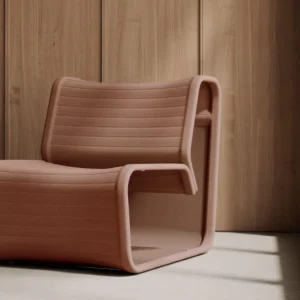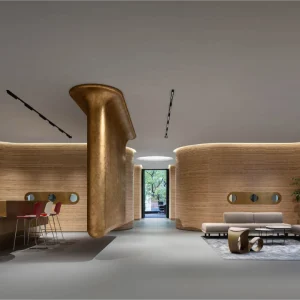The building, named in honor of Dallas philanthropist Nancy B. Hamon, features 460,000 square feet of new space, with 177 private rooms and a major expansion of the hospital’s intensive care units and other critical care areas. The facility also offers advanced medical and surgical care, with telemetry units for cardiovascular, orthopedic and neurology patients.
Designed by HKS Architects, the tower will facilitate optimal care for both caregiver and patient. Hamon’s 177 private rooms are up to 25% larger than traditional hospital rooms. Nursing sub-stations between rooms are designed to increase the efficiency of care and put nurses closer to the bedside. The electronic health record, which was implemented last year in Texas Health Dallas’ existing facilities, has been fully integrated into every aspect of Hamon.
The design of Hamon also separates public and clinical areas with a glass-walled concourse, which allows patients, visitors and guests to access different parts of the hospital from a central ‘spine’ that spans the entire front of the medical center. Glass walls flood all levels of the concourse, even floors below ground, with natural light. Two massive atriums connect the concourse to the hospital’s main lobby.
Advanced diagnostics include the state’s first-ever Flash CT machine, a new type of CAT scan that provides cardiac and other imaging with significantly less radiation. Other diagnostic technologies include a new type of MRI machine that provides the high quality imaging of traditional MRI without the small tube that makes many patients claustrophobic.
A new intensivist program puts the care of ICU patients under the guidance of board-certified critical care physicians, who directly oversee patient care in the ICU throughout the day. The program was started earlier in 2009 in Texas Health Dallas’ two medical intensive care units. Critical care nurses, nurse practitioners and physician assistants — all trained in critical care medicine — help provide care in the ICU around the clock.
As existing patients and units are moved into Hamon, parts of the Texas Health Dallas main building and primary campus will begin renovations to update those clinical areas. In all, the hospital will now have about 900 licensed beds.





